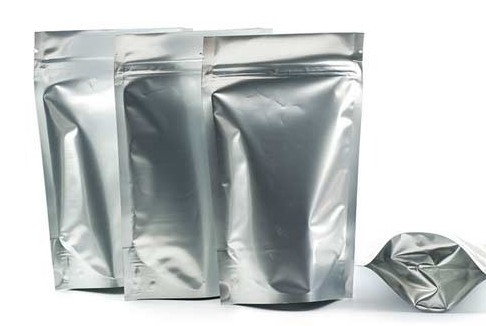What is the Difference between Flexible Packaging and Rigid Packaging?

Flexible Packaging
Flexible Packaging can be defined as a type of packaging that can be readily shaped and changed. It uses less material and combines the best qualities of plastic, films, foil, and paper. Now a days it is used for the marketing of a vast array of products across the whole world.
Typically it is the best thing to not only minimize the waste but also to protect products from the heat and extend their shelf life, and that provides minimal protection. Due to the light-weight nature of flexible packaged items, they can be easily transported from one place to another without any obstacle. Flexible packaging is reusable, resalable and sustainable for a more extended period of time which saves a decent amount of money.
Rigid Packaging
Rigid packaging consists of cans, plastic boxes, glass container and cardboard that can’t be easily shaped or changed. Their protection might be quite good but at the same time, they are way heavier and more expensive than the flexible packaging counterpart.
Flexible Packaging versus Rigid Packaging
Both the flexible packaging and rigid packaging have broad uses in the packaging industry ranging from Foods & Drinks to Personal and Natural products. But sometimes they can be interchangeably used in the business market.
Below are some of the key differences between them:
- When it comes to size and weight, rigid packaging weighs more than the flexible packaging because of the material used in the making of rigid packaging. As Rigid packaging is made from denser and thicker materials while flexible packaging is mostly made from plastic, film, foil, and paper which makes them less heavy than the rigid packaging.
- Rigid packaging provides better protection against the heat and other barriers when compared to the other one.
- Flexible packaged items are more durable and their shelf life is much longer than the rigid packaging.
- Flexible packaging just bounces back when it falls off from the delivering vehicle during transportation or from the storing shelf, while rigid packaging dent and sometimes breaks when falling.
- It is easy to customize flexible packaging items in any shape and finish with strong branding messaging while rigid packaging is not easily customizable and costs more when customizing.
Rubeeflexpackaging offer many packaging solutions that are durable, cost-effective and ensure strong visually appealing for your products in the super crowded market. Contact us here for your further queries.